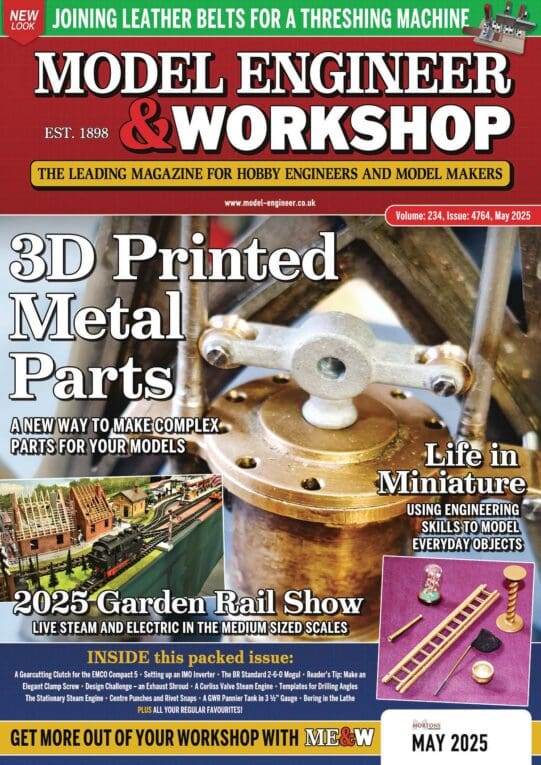Ifs and buts off the scale on this question because there are so many variables. Roughly though, and with many overlaps, softest first:
Lead
Tin
Copper
Aluminium
Magnesium
Dead mild steel (Car Bodies)
Black Mild Steel (Holding up buildings)
Cast Iron (varies)
Soft Brass (plumbing)
Hard Brass (cartridges)
Medium Carbon Steels (stronger than mild-steel, not so easy to work)
High Carbon Steels (Files and Razors, heat treatment essential)
Ultra-high Carbon Steels (punches)
Alloy steels, HSS, & camshafts etc
Tungsten
Hardness is a bit like Easter though – it moves about! Try stretching a length of solid copper core from a mains cable. Starts soft, then goes hard. Many materials can be softened by heat – annealing. Some, especially the high-carbon steels, can be hardened by heating and rapidly cooling – quenching. Metals like bronze and stainless steel work harden. Some types of stainless are vicious, going from usable to glass hard the instant a cutting tool is allowed to rub.
Hardness isn't the whole story. Though soft, pure aluminium is nasty to work with because it's sticky and highly likely to weld itself to a tool's cutting edge. Quenching steel for maximum hardness is rarely done because the process leaves the steel brittle to the point it can shatter like glass. Balancing Heat treatment for hardness versus toughness can be rather complicated. O1 (aka Gauge Plate) and W1 are favoured in workshops because they are easy to heat treat. O1 is designed to be quenched in oil, a slow process that strikes a good balance between hardness and toughness, as is needed in knife blades. W1 (aka silver steel) is designed to be quenched in water without cracking. The result is a bit harder for making drills, punches, and screw-taps, and it often benefits from being tempered (cooked in an oven) to reduce brittleness. The two alloys are similar.
When buying metal look for mention of machinability in the description. Many alloys are tuned to make them more suitable for turning and drilling etc. and life is made easier by buying them. Ordinary mild-steel is neither awful nor nice to machine but it's well worth spending a little extra on EN1APb, aka EN1A Leaded, or 230M07PB. Most Brasses machine well, but the Bronzes can be a pig, especially Phosphor Bronze.
Dave
Edited By SillyOldDuffer on 22/08/2019 14:31:02
 Mike Poole.
Mike Poole.



